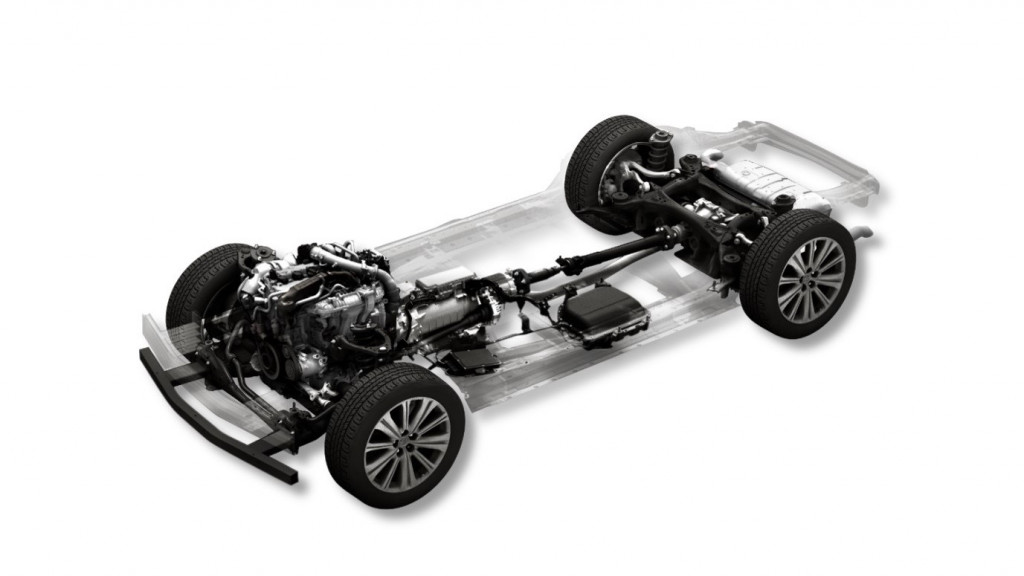Fitted for modern convenience, the keyless car entry systems on many vehicles are open to abuse from would-be thieves. We take a look at Ford’s keyless car entry system to find out why, and how to protect against it…
When manufacturers introduced keyless car entry for convenience when entering and exiting a vehicle, they probably didn’t realise that car thieves would quickly adapt to the new technology as well. Sure enough, modern day thieves have become more sophisticated and are able to target particularly vulnerable cars and as a result. And Ford’s reputation of high-powered-but-easily-stolen vehicles continues well into the 21st century, having suffered plenty of negative publicity surrounding keyless car entry theft. But the truth is there are plenty of car manufacturers in the same boat, and it’s one of the main the reasons that vehicle theft has risen by nearly 50% in the last five years alone.

Keyless entry is susceptible to theft, but there are a few simple steps you can take to better protect your Ford
However, if you’re worried about becoming a victim there are things you can do to ensure your car is kept secure, and these range from being more cautious and adding extra deterrents to disabling a thief’s ability to access your car entirely. To better understand how and why these can work, first it’s important to understand how criminals are targeting and stealing cars this way. The method is known as ‘relay theft’ and the process is sadly very simple with the right tools to hand; a relay amplifier and relay transmitter. As the names suggest, these gadgets allow thieves to identify a car with the keyless entry feature parked outside of a house, usually on a driveway for instance. By simply manoeuvring the portable relay amplifier around the outside vicinity of the house, it can detect the car key inside if it’s nearby and boost the key’s signal to reach further. A second thief standing by the car with the relay transmitter in hand will then pick up this boosted signal and the car is then tricked into thinking the original keys are nearby and so the car is unlocked and the ignition can be activated, and the car driven away.

Using sophisticated signal relays, thieves can use the keyless entry technology to gain access to your car
How to keep your keyless car secure
The process is quick and quiet, which is why it occurs frequently. Car manufacturers are already looking at ways to tackle the problem, and Ford’s answer is refreshingly simple. The latest keyless entry fobs on new Fiestas and Focuses no longer permanently transmit a signal, but instead have an in-built motion sensor which puts the fob into ‘sleep mode’ if it hasn’t been moved for 40 seconds. This means that while it’s hanging in your key box it’s not transmitting a signal for any thieves to relay, but when you pick them up and walk to your car full functionality is restored.
However, this tech is only available on the latest cars (some previous models can be updated at Ford), so what that means for most of us is being smarter about where you keep the car keys – at the very least storing them away from the front of the house so that it will be harder for a relay amplifier to detect. Better still is to place the keys in something that will block the wireless signal from being transmitted at all, and whilst some owners report a simple metal container (with lid) can suffice, a more practical option is a Faraday pouch. There are a number of these on offer, but it’s important to know that not all of them are tested and guaranteed to work, so it’s best to test it on your own car, which is easy to do by simply placing the keys in the pouch and trying to unlock the car. If the car recognises the key, the pouch doesn’t work.

Jamie protected his own Focus RS with the Autowatch Ghost, and he rates it very highly
Another option is to add a secondary aftermarket immobiliser that works independently of the original keys. Traditionally these were activated with a simple additional key fob, but modern technology means clever systems like Autowatch’s Ghost can be hard-wired to work with the car’s original CAN-bus wiring. These systems don’t require any additional switches or fobs, so the interior of the car remains untouched, but the existing buttons (on the steering wheel, door switches, or similar) can be used to de-activate the immobiliser. A specific PIN can be set up using a unique sequence of buttons, and the ignition simply will not activate without this code – even with the actual key present, not just a boosted signal relay. Furthermore, these systems can work with Apps on your smartphone, and will only de-activate the immobiliser when the phone is in the car. However, this does mean that if someone steals your phone, or hi-jacks the car with your phone in it, the immobiliser security is compromised – many professionals suggest sticking with the manually-entered PIN code. These systems have proven to be very popular with high-value modern sports and luxury cars, and have proven very successful on cars like the Mk3 Focus RS.
Of course, then there’s always the good old-fashion physical deterrent too. While physical barriers such as steering wheel locks, wheel clamps and security posts, are by no means a guarantee against theft, the extra effort required to bypass them is often enough of a deterrent to ensure a thief chooses to target another car. Finally, a tracking device can be fitted but that will only improve the chances of finding the car and having it returned after it is stolen, which isn’t ideal for many.

The final fail-safe is to turn off the keyless entry system all together (which can be done at a dealer), but then you lose all the added benefits of the system in the first place.
Security issues are nothing new with a fast Ford, and as the technology of the cars progresses so too does that of the thieves. And while you’ll never make your car 100% ‘safe’ from theft, all you really need to do is make yours more difficult to steal than the next guy’s, and most thieves will target the easier option.
From Fast Ford magazine. Words: Simon Holmes
Source








